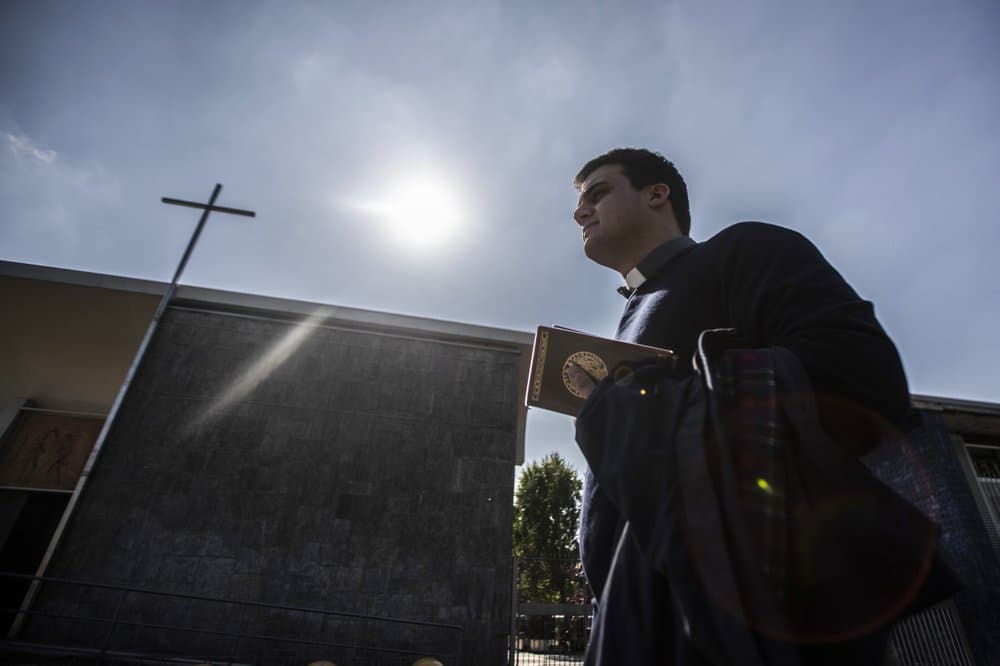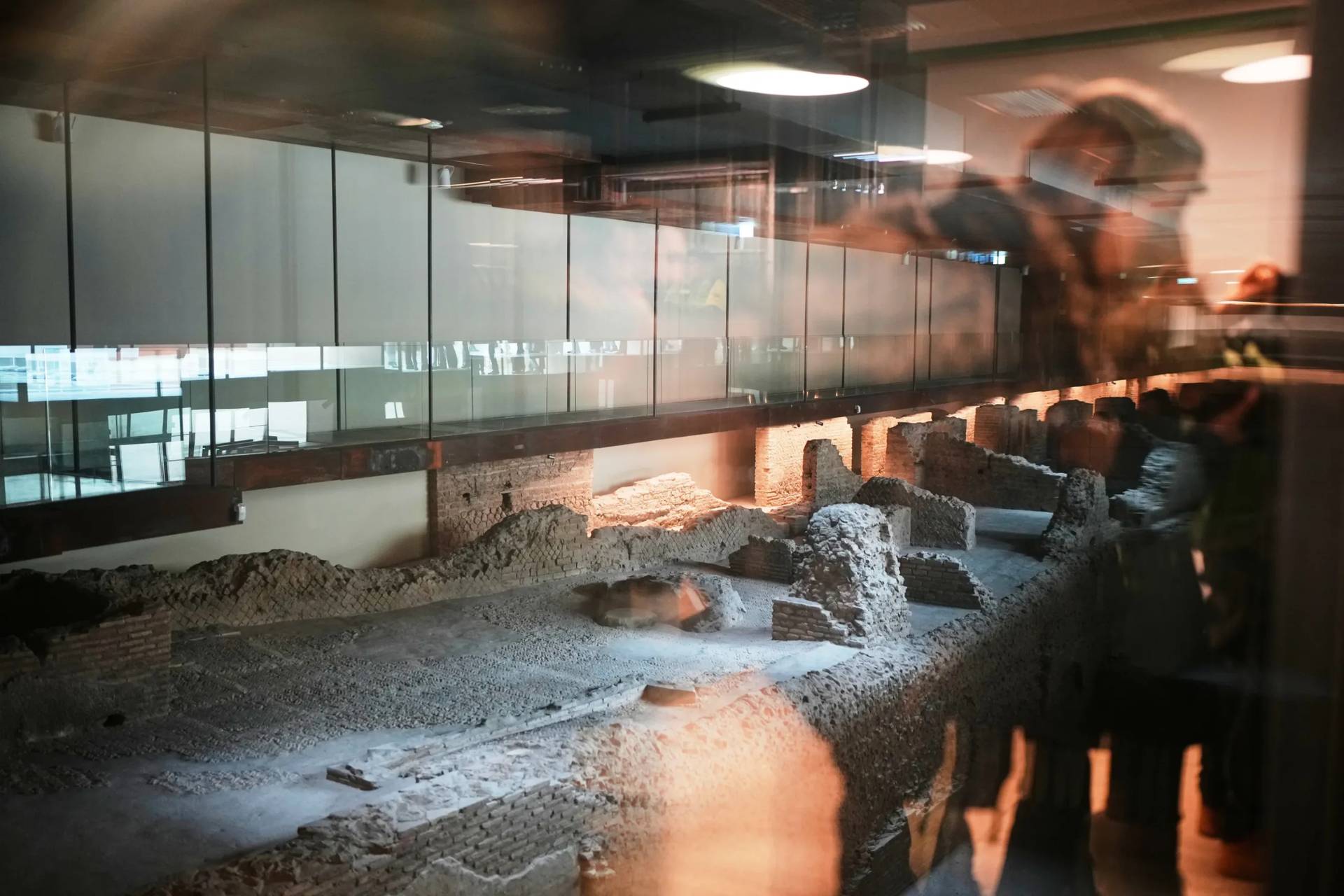ROME – New data released by the Italian church highlights what has been a concerning trend among Catholic leaders in the country for decades: namely, a drop in the number of local priests and an increase in the average age of Italy’s clerics.
However, this data also found that while there are less men joining the priesthood in Italy, the decrease in local vocations has to an extent been offset by a significant increase in foreign priests serving in Italian dioceses.
According to data provided by the Italian bishops’ National Office for the Pastoral Care of Vocations, there has been a 16.5 percent drop in the number of priests in Italy since 1990, with 10 percent of this drop taking place in just the past decade.
As of 1990, there were a total of 38,209 priests in Italy, which decreased to 36,350 in 2000, and dropped again to 31,793 last year.
Of these 31,793 priests, around 8.3 percent are foreigners, which is a jump from 6.6 percent in 2000, and from just 3.4 percent in 1990.
Last year’s data indicates that the number of foreign priests serving in Italy has increased more than 10x in the past 30 years, jumping from just 204 in 1990, to 2,631 in 2020.
According to the statistics, gathered through a massive collection and analysis of data from parishes and seminaries throughout the country, Italy’s vocational trends follow the same pattern as much of the rest of the global Catholic Church in the past 50 years.
In Italy, which has one of the oldest populations in the world, the average age of pastors is 61, while the average age of foreign priests is 46.
Priests aged under 30 are decreasing, with just 599 recorded in Italy in last year, marking a 60 percent drop since 2000, when there were some 1,708 priests under 30. This data reflects a general shift in Italian demographics, which over the last 20 years has seen a 20 percent drop in the number of its population under 30.
Unsurprisingly, then, dioceses with the highest concentration of foreign priests are for the most part located in central and southern Italy, with the region of Lazio, where Rome is located, taking the first slot.
Given Italy’s drop in the number of its clergy, there is a national priest shortage, with the average pastor overseeing 1.7 parishes, and roughly 4,160 inhabitants.
At least part of last year’s drop in clergy numbers is related to the coronavirus pandemic, which claimed the lives of nearly 500 priests in Italy in 2020.
Father Michele Gianola, undersecretary the Italian bishops’ conference (CEI) and director of CEI’s National Office for the Pastoral Care of Vocations, said that there is no need to panic over the latest data, but the trends “must be seriously taken into consideration” since it touches the heart of vocational outreach in parishes, as well as youth and school ministry, and the general status of the Church’s ministry.
In terms of attracting new vocations to consecrated life, these new statistics show that the Church has been ineffective, Gianola said, adding that to plan “with medium or even short-term perspectives can sterilize the generative aspect of the community.”
“Vocations are generated by the mother Church; at times, this generative capacity is forgotten or neglected,” he said, adding, “a Church which does not generate its pastors, which is not fruitful in lay vocations, marriages, and consecrated life, is a Church in trouble.”
In trying to find solutions to the problem, Gianola said the important thing is not to focus on an increase in numbers so much as it is to focus on how “to intuit and to discern synodally and courageously follow paths of ecclesial renewal in the fresh wake of the Second Vatican Council.”
The data released also touched on statistics in Italian seminaries, which reflected the broader shifting fault lines of Italian clergy generally.
In Italy, there are currently some 1,804 diocesan seminarians living in 120 major seminaries in Italy, most of whom are either in the north, or in central Italy, in Lazio.
The average age of young people attending major seminaries in Italy is 28, with most seminarians, 43.3 percent, aged between 26-35 years old. Around half of these are located in Italy’s northeast, while the percentage decreases closer to central and southern Italy.
Younger seminarians aged 19-25 amount to roughly 42.2 percent of the total, with most from this age group located in the south and in central Italy.
According to the data, there is also a correlation between families with more children, and families who have a child that enters the seminary or consecrated life.
Just one in 10 seminarians is an only child, whereas around 44 percent have at least one sibling, and a quarter of them have two siblings. Roughly 10 percent have three siblings, meaning that the more children there are in a family, the more likely it is that one of them will enter the priesthood or consecrated life.
There are also a significant number of foreign seminarians in Italy, with 10 percent of the total hailing from other parts of the world.
Most of Italy’s foreign seminarians come from Africa, specifically Madagascar, Nigeria, Cameroon, and the Ivory Coast. Around one in five come from other European countries, such as Poland, Albania, Romania, and Croatia.
In his remarks, Gianola said that the vocational call “is an artisanal work that needs the contribution of many to flourish.”
“It does not concern just the times most dedicated to discernment, such as the seminary, but it intertwines the work of many hands…very care, every educative action, every step taken in the growth or development of a life contributes to the formation of the person,” he said.
Thus, every environment becomes a space “in which to take care of one another’s vocation, to take care of the person, to weave that dialogue of esteem and listening which is fertile ground for the sowing of the Gospel.”
Given Italy’s demographic shifts and increasingly diversified clergy, Gianola said an in-depth reflection is needed to determine proposals for future action that are “capable of discerning and valuing the richness that the numerous paths traveled to arrive at a vocational choice bring with it.”
“Assuming a vocational gaze does not mean seeing ‘priests and nuns’ everywhere but knowing how to intuit, in every context, the possible invitations that the Spirit has sown in the hearts of adolescents and young people and to support their own steps so that in listening to the Word of God, they can recognize them,” he said.
Italy’s vocational crisis was flagged as a major concern of Pope Francis during his speech to Italy’s bishops during their spring plenary assembly in 2018.
In his remarks at the time, the pope said that “the first thing that worries me is the crisis of vocations,” and warned of a “hemorrhage of vocations.”
Follow Elise Ann Allen on Twitter: @eliseannallen















